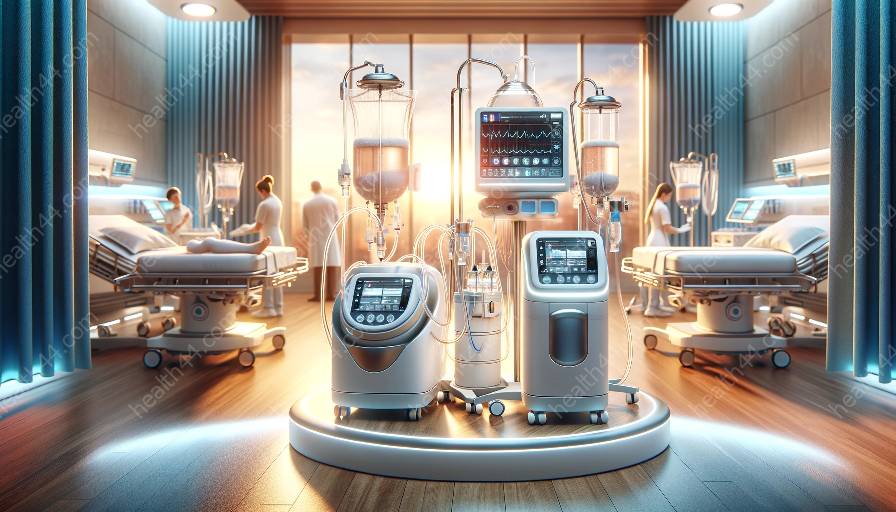Adventitious breath sounds monitoring devices play a crucial role in diagnosing and managing respiratory conditions. As an integral part of wound care and medical devices & equipment, these devices offer valuable insights into patient health and contribute to enhanced care. In this article, we will explore the significance of adventitious breath sounds monitoring devices, their compatibility with wound care devices, and their impact on the broader landscape of medical devices and equipment.
The Significance of Adventitious Breath Sounds Monitoring Devices
Adventitious breath sounds, such as wheezing, crackles, and stridor, can indicate underlying respiratory issues. Monitoring these sounds is essential for early detection and effective management of conditions like asthma, chronic obstructive pulmonary disease (COPD), and pneumonia. Adventitious breath sounds monitoring devices are designed to capture, analyze, and interpret these sounds, providing healthcare professionals with critical information for diagnosis and treatment planning.
Enhancing Wound Care
While the primary focus of adventitious breath sounds monitoring devices is respiratory health, they also have implications for wound care. Many wounds, particularly chronic wounds, can be affected by underlying respiratory conditions. By monitoring adventitious breath sounds, healthcare providers can gain a more comprehensive understanding of a patient's overall health, which can aid in developing holistic wound care plans. Moreover, certain wound care devices may incorporate features that support the integration of respiratory monitoring, further highlighting the interplay between these two healthcare domains.
Integration with Medical Devices & Equipment
Adventitious breath sounds monitoring devices are part of the broader landscape of medical devices and equipment, offering interdisciplinary connections. These devices often rely on advanced technology, including digital signal processing and data analysis algorithms, to accurately capture and interpret breath sounds. They may also integrate with electronic health records (EHR) systems, enabling seamless data sharing and enhancing the efficiency of healthcare delivery.
Benefits for Patients and Healthcare Providers
By incorporating adventitious breath sounds monitoring devices into clinical practice, patients can receive timely and targeted interventions for respiratory conditions, leading to improved outcomes and quality of life. For healthcare providers, these devices offer objective data that can support evidence-based decision-making, leading to more personalized and effective treatment strategies.
The Future of Adventitious Breath Sounds Monitoring Devices
As technology continues to advance, adventitious breath sounds monitoring devices are expected to become more sophisticated and user-friendly, facilitating widespread adoption in various healthcare settings. Additionally, integration with telehealth platforms and remote monitoring solutions is likely to expand, enabling continuous respiratory assessment for patients, including those with chronic wounds.
Conclusion
Adventitious breath sounds monitoring devices are indispensable tools in the realm of wound care and medical devices & equipment. By enabling early detection and informed management of respiratory conditions, these devices contribute to comprehensive patient care. As healthcare continues to evolve, the integration of adventitious breath sounds monitoring devices with other medical technologies will further enhance the delivery of holistic and patient-centered care.


